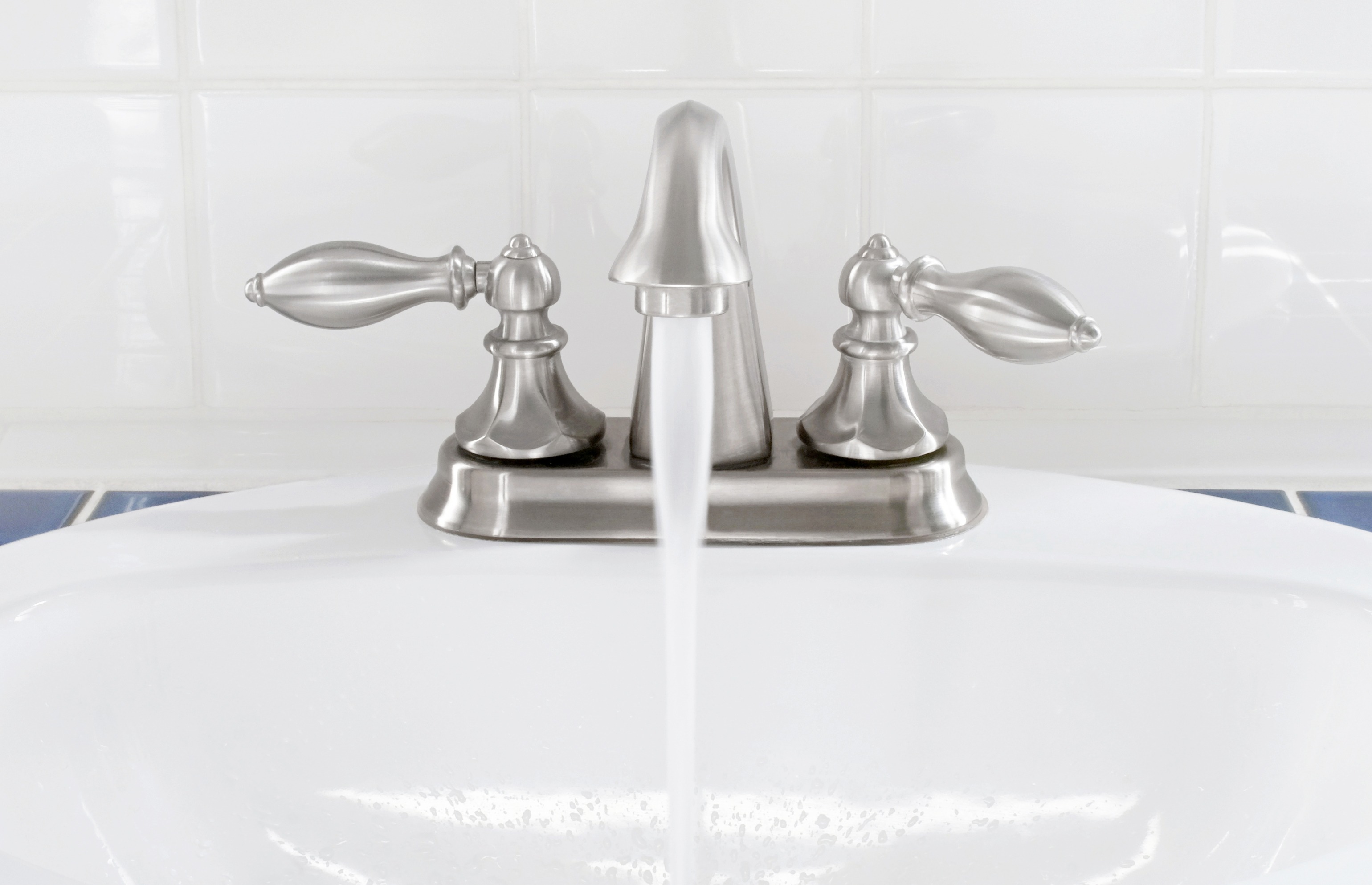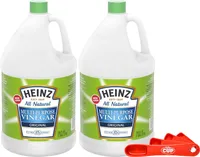Cleaning and polishing nickel plating – how to remove tarnish and water marks
Keep your goods looking lovely with our quick guide to cleaning and polishing nickel plating. Fail-safe ways to remove tarnish and water marks


You’ll find nickel plated items all around the home, whether on your bathroom or kitchen faucets, utensils and of course within your jewelry, tool box (or your coin collection you never know). And, if you have this around, you’ll notice when it starts to wear and tarnish. So knowing the best ways to clean a polish nickel is a must.
Nickel plating is used to protect items from both corrosion and wear resistance, but it also adds a lovely decorative finish. A bright and lustrous item to have around, and thankfully, nickel plating doesn’t need a whole lot of attention to stay looking pretty pristine either....
- Find the best bathroom taps for your home in our buying guide.
What causes nickel to tarnish?
Tarnishing is a thin layer of corrosion and usually the result of a metal surface reacting with a nonmetallic compound present in the environment. Things like excessive humidity and even packaging can contribute to this so if you have nickel jewelry or tools, try and store them in a dry place wrapped in a clean soft cloth. Of course, we can't expect you to wrap your kitchen faucets up so keep them well protected with an oil coating as recommended by the manufacturer.
- Need to know how to clean a stainless steel sink elsewhere? We can help.
How to clean tarnished polished nickel
The best way to tackle tarnished nickel is to start with soft cleaning methods, see what works, then ease yourself up until complete success. Discoloration needs a little elbow grease. However, there’s no need to resort to strong cleaners if you’re just dealing with some greasy fingerprints…
- Start with warm soapy water: Use this with a soft cleaning cloth or a very soft toothbrush to remove greasy prints and tarnished areas from nickel coated items. Ensure you run larger items under hot water to remove all soap residue and dry thoroughly with a separate clean soft cloth. Use circular motions to buff away any marks.
- Clean with vinegar: Cleaning with vinegar is an effective way to lift grease. Either soak a clean soft cloth and wring out any excess before rubbing the tarnished areas, or make a warm water and vinegar solution to soak larger items in for 30 minutes or so before thoroughly rinsing.
- Try a commercial product: We like SimplyGreen for heavy soils and greasy spills. Be sure to spot test a small area before rolling out all over your items.
- Ammonia: You may need to resort to an ammonia solution if your nickel plated items are heavily tarnished. Wear protective gloves and start by cleaning the nickel with soapy water as in method number 1. Next, combine three parts ammonia to one part water and use this with your cloth or soft toothbrush to tackle individual tarnished areas. If you're dealing with a heavily soiled item, you can submerge it in the solution for maximum thirty minutes (any longer and the plating with start to some off) rinsing thoroughly and buffing dry.
- Wondering how to remove rust from metal too?
Is vinegar safe for polished nickel?
Vinegar can be really effective on nickel plating, just be sure to not soak any items in neat vinegar as this will be too corrosive.
- Is brass more your thing? This is how to clean brass for exceptional results too.
Nickel maintenance and care tips
- Avoid all abrasive cleaning tools: Any harsh cloths, scourers or sponges will scratch the surface.
- Don't use chemical products: Anything too harsh could simply strip the nickel plating off your items.
- Don't over soak: As per advice above, soaking items in neat vinegar or ammonia, or leaving them longer than 30 minutes could actually cause more damaged than good.
Shop Heinz All-Natural Distilled White Vinegar -1 Gallon Bottle (Pack of 2) with By The Cup Swivel Spoons
A must for natural cleaning around the kitchen and beyond.
Shiny like new 🙌
Get small space home decor ideas, celeb inspiration, DIY tips and more, straight to your inbox!

I'm Cam, the former deputy editor of Real Homes who worked on the site from 2020 to 2023. As a renter myself, sharing a home with two friends (and my cat) in London, I know all too well the challenges that this can pose when it comes to creating your perfect setup. As someone who has always loved everything interior design-related, I cannot rest until a home feels right and I am really passionate about helping others get there too, no matter what their living situation, style, or budget may be. It’s not always the easiest to figure out, but the journey is fun and the results are so worth it.
After interior design, travel, art, and photography are my next big passions. When I’m not writing or editing homes content, I’m usually tapping into other creative outlets, exploring galleries in London or further afield, taking photos, scribbling, or drawing!
